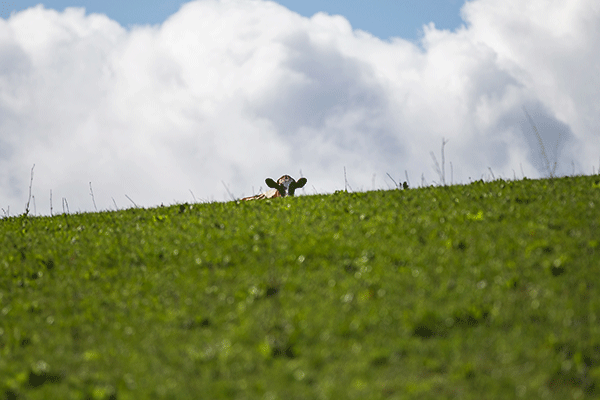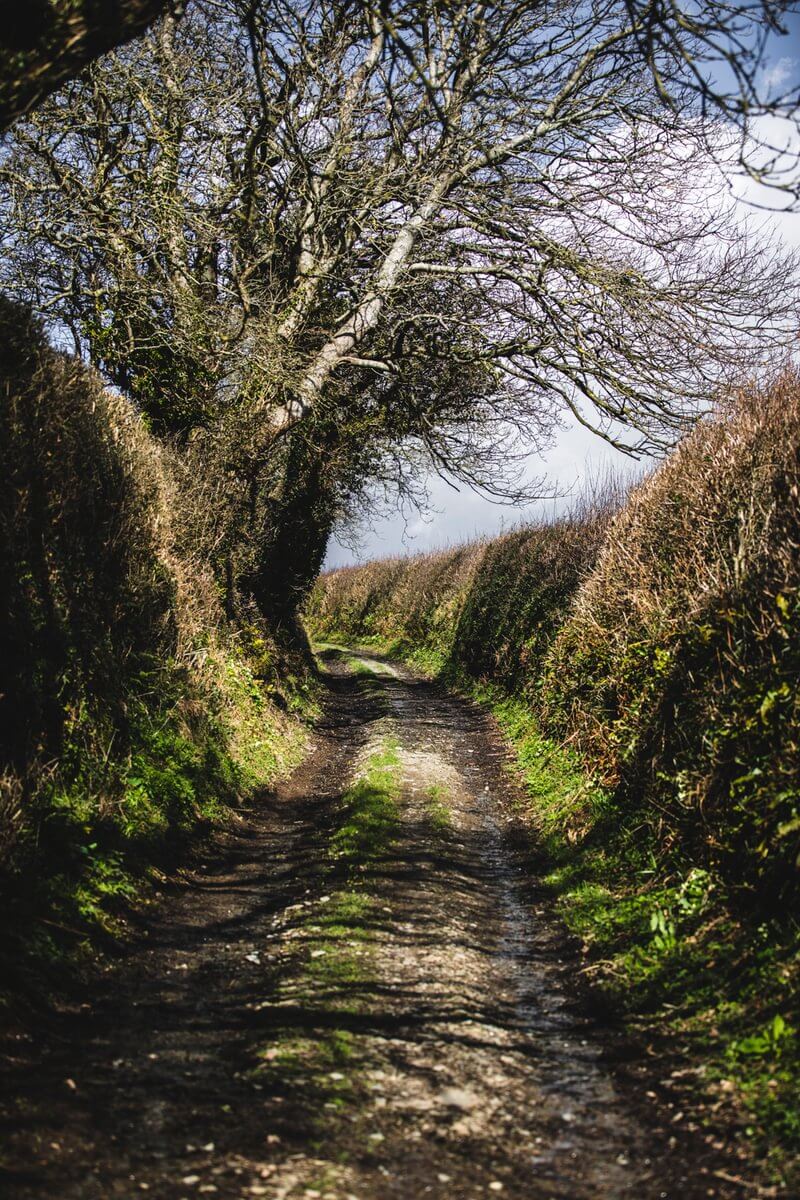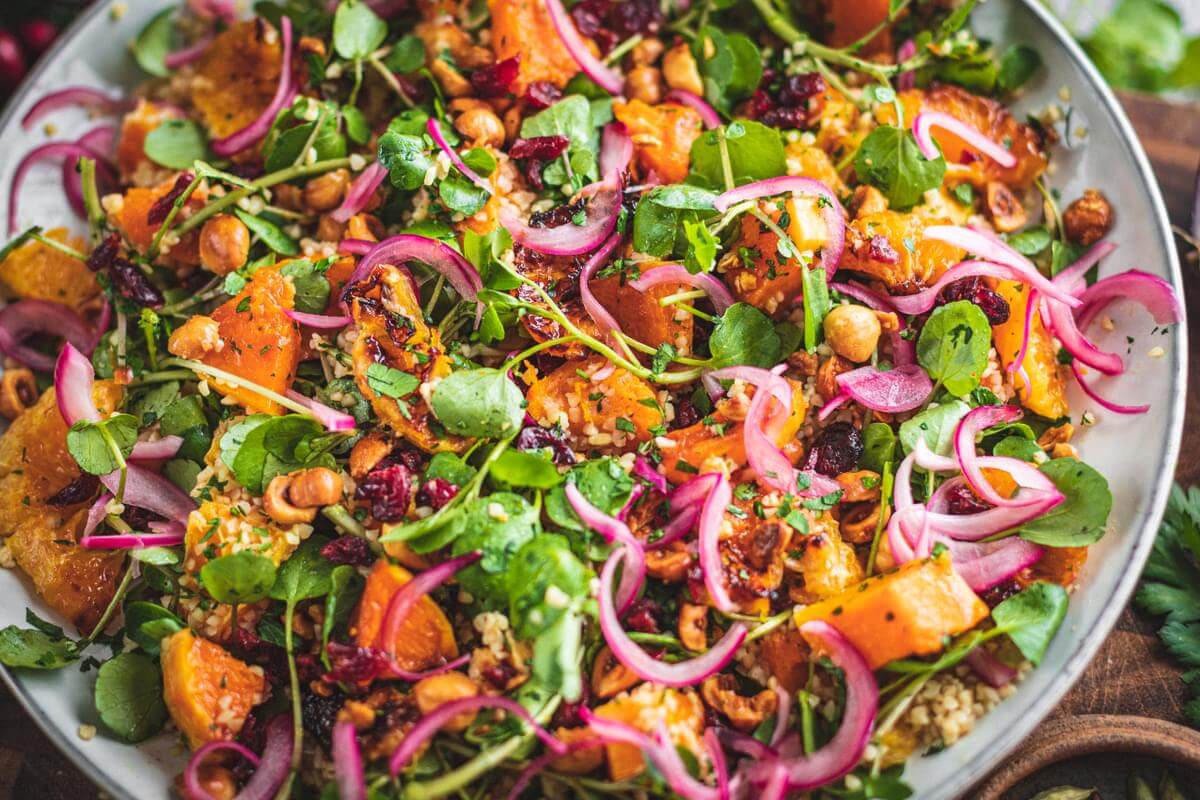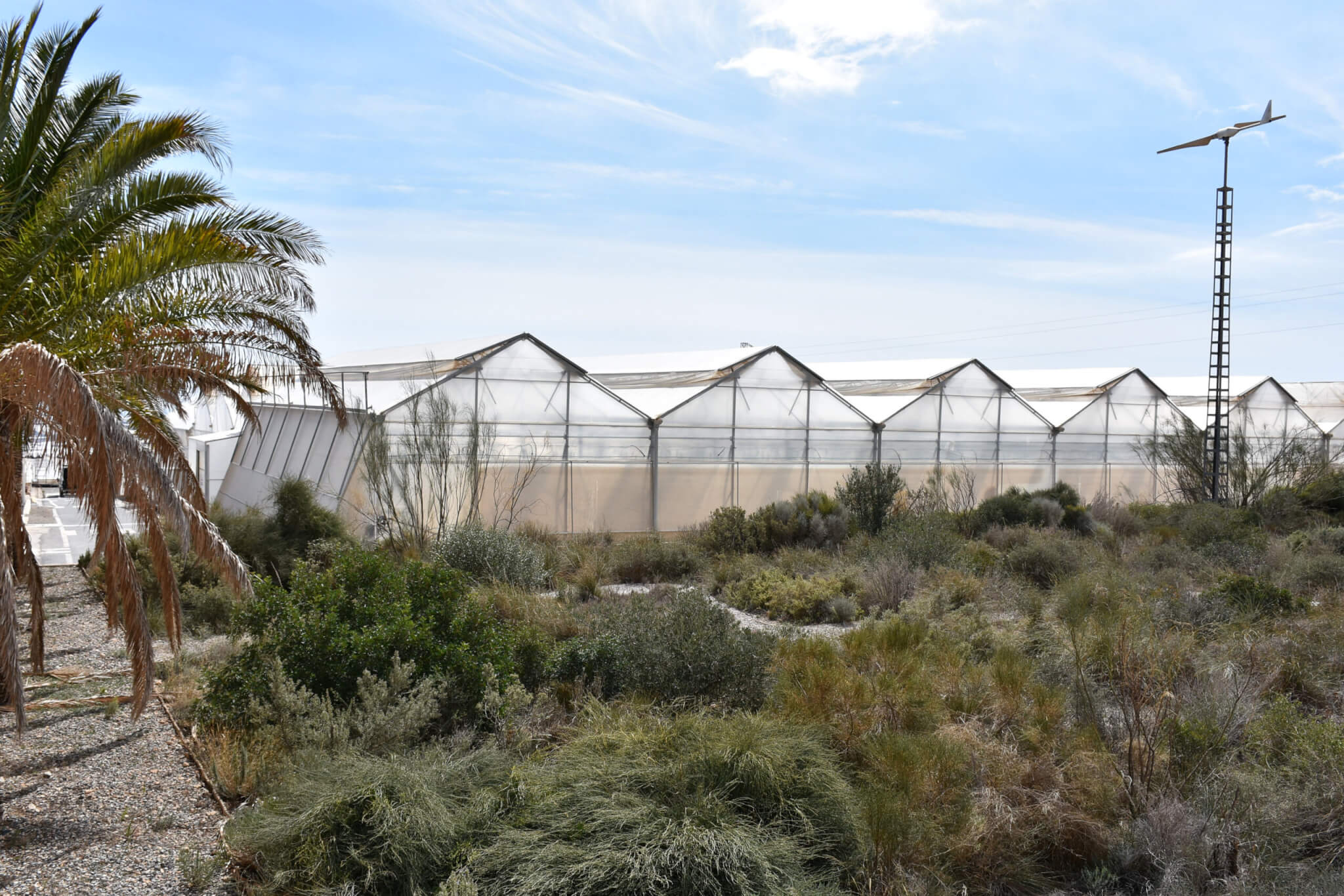To protect the soil, our normal rotation for each field is two or three years of veg, followed by three or four years of grass ley (grazed by cattle), then back to veg again.
Over the last six weeks, as we cleared the last winter veg from the fields due for a rest, the ground has been ploughed and worked into the fine, firm seedbed needed to allow small grass seeds to germinate.
Many conventional dairy farmers would use a monoculture of high-yielding, shallow-rooted ryegrass, which is highly dependent on slurry or synthetic fertilisers; as is so often the case, the organic way requires more complexity, and subtle ecological understanding.
My brother Oliver, a master at the tricky job of establishing grass without artificial herbicides or fertilisers, sows ‘nurse crops’ of barley and sometimes lupins, under-sown with complex mixtures of red and white clover, various grasses and herbs, and, increasingly, the deep-rooting, drought-resistant legume lucerne.
The nurse crop gets away quickly, creating ground cover and suppressing the weeds – but rather than out-competing the slower growing grasses and legumes, it actually helps them.

When, in July, the nurse crop and any dominant weeds are cut and conserved for silage (the pickled grass eaten over winter, like sauerkraut for cows), the perennial grass, clover and herbs underneath take over. This is grazed, or cut for silage, for the next three years.
The diverse mixture of species makes better use of soil, sunlight and water, provides more food for nature, and is almost certainly better for cows in the same way that dietary diversity contributes to our health.
Oliver has been increasing the amounts of lucerne in recent years; it is a good source of protein (scarce in an organic system) for the cows, reducing the need for imported soya.
Lucerne also has the great virtue of deep roots, which allow it to access moisture and to mine nutrients (particularly potassium) which have been carried by rain below the roots of other plants, bringing them back to the surface and into circulation. Lucerne roots are also great for soil structure, breaking through layers of compaction and aiding aeration and drainage.
The downside is that the thick, fibrous roots are slow to decay, so that several years later, when we plough to make a seed bed for a new crop of veg, they quickly block the machinery. So far, our only solution is to walk ahead of the planter picking them out by hand; not very 21st century.












0 Comments